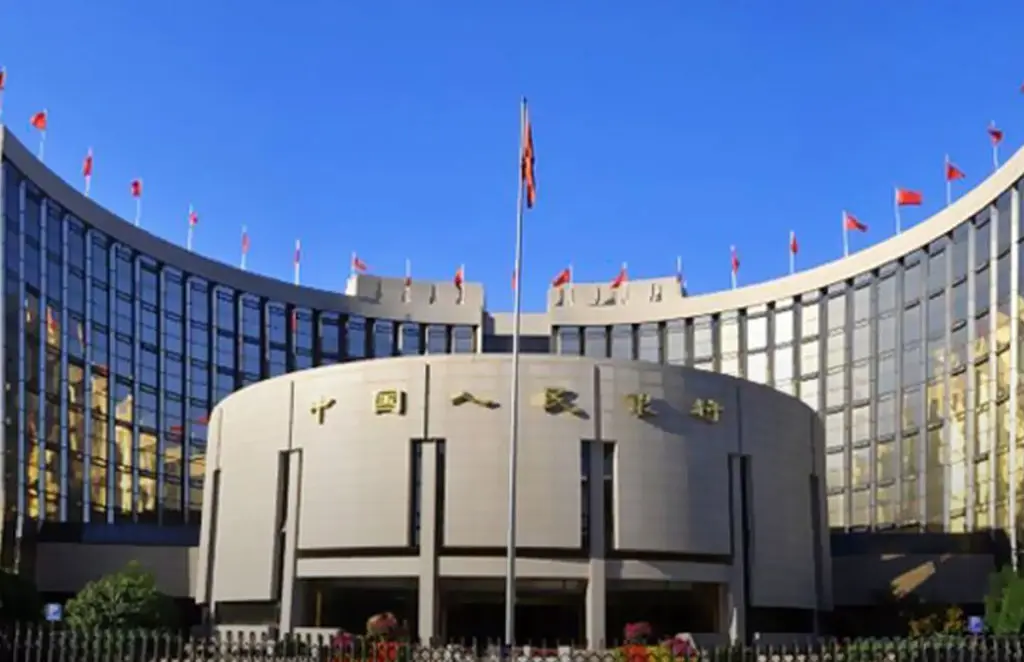
Chinese consumers can now open digital yuan wallets using different levels of customer identification depending on the transaction and balance limits they require and can activate wallets “with the lowest authority” with just their mobile phone number in line with the “principle of controllable anonymity”, the People’s Bank of China (PBOC) has revealed.
Wallets that support China’s central bank digital currency (CBDC) are also being made available as either ‘personal’ or ‘public’ wallets, depending on the status of the user, while holders of a ‘parent’ wallet can open several individual sub-wallets that offer functions including “personal privacy protection in payment scenarios”.
Details of the main categories of digital yuan wallet already available or in development emerged in a speech by the director of PBOC’s digital currency research institute, Mu Changchun.
He also confirmed the development of ‘hard’ digital yuan wallets including smart cards, wearables and Internet of Things devices as part of the “digital renminbi wallet matrix system”.
“The four types of digital RMB wallets with the lowest authority are anonymous wallets, with a balance limit of 10,000 yuan [US$1,562], a single payment limit of 2,000 yuan [US$312] and a daily cumulative payment limit of 5,000 yuan [US$781],” Changchun said, according to a Sina report.
“These can be activated with only a mobile phone number, which embodies the design principle of controllable anonymity of digital renminbi.
“If you want to pay more than 2,000 yuan to buy something, you can upgrade your wallet, upload your valid ID information and bind bank account information.
“For example, after upgrading to a second-class wallet, the upper limit of your wallet balance will become 500,000 yuan [US$78,100], the single payment limit rises to 50,000 yuan [US$7,810] and the daily cumulative payment limit is 100,000 yuan [US$15,620].”
Changchun also explained that individual, industrial and commercial holders of ‘personal’ digital yuan wallets can “use classified transactions and balance limit management according to the strength of corresponding customer identification”.
“Unincorporated institutions” and other legal entities can open ‘public’ wallets and customise the balance limit and wallet functions “according to user needs”.
Wallet levels
All wallet holders can also “set their main wallet as the parent wallet and can open several sub-wallets under the parent wallet”, Changchun said.
Sub-wallets allow individuals to set payment limits and opt for stronger personal privacy protection, and enable businesses and institutions to “realise functions such as fund collection and distribution, account processing and financial management”.
“Different combinations of wallets in the above dimensions form a digital renminbi wallet matrix system,” Changchun added.
“Designated operating institutions and other authorised institutions can further develop complex payment/financial products and build a wallet ecological platform to meet multi-scene requirements and the realisation of special functions.”
Changchun was speaking in Shanghai on the first day of the latest digital yuan ‘red envelope’ pilot to launch in the city which has seen digital yuan wallets distributed to 350,000 residents.
The Xiong’an New Area near Beijing has also begun another digital yuan pilot, including testing a system to pay construction workers with the digital currency, according to the local government’s website.
Online shopping mall JD.com announced that it had begun testing digital yuan salary payments in May.
Next: Visit the NFCW Expo to find new suppliers and solutions